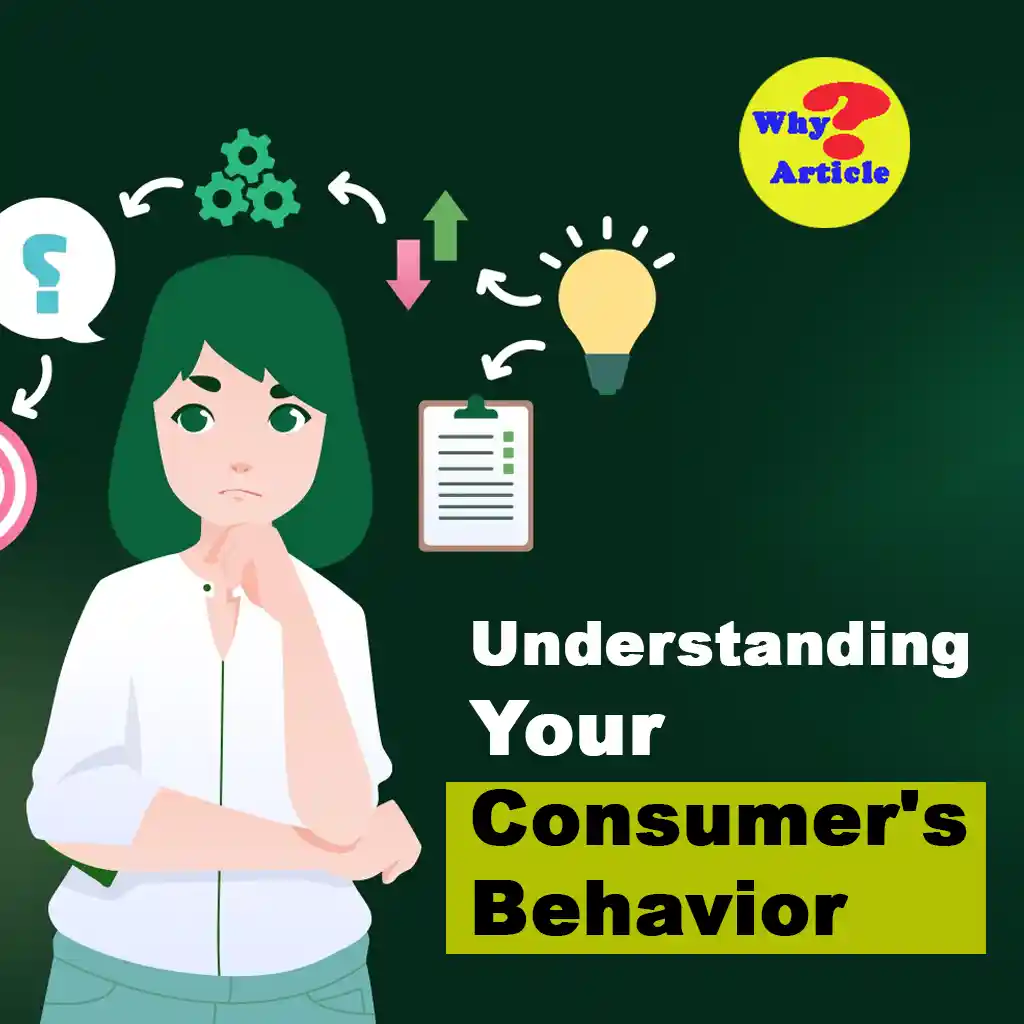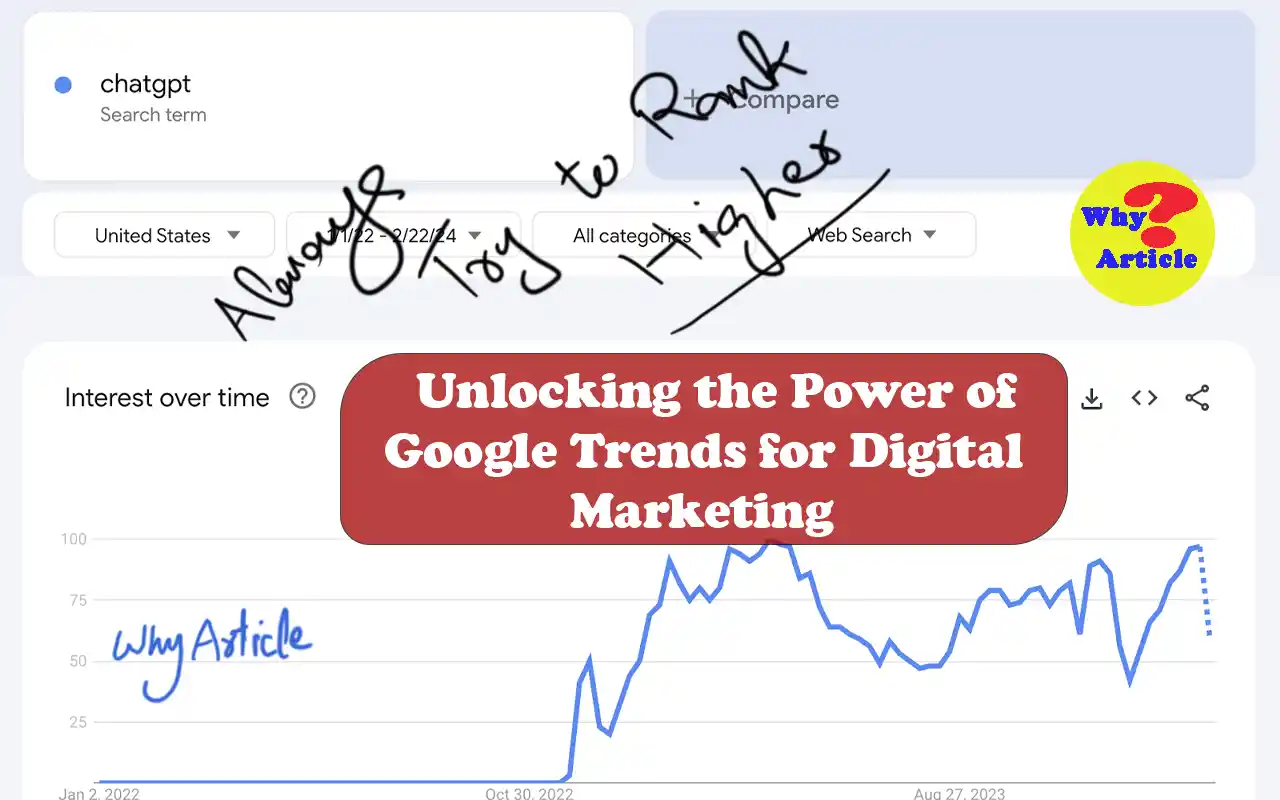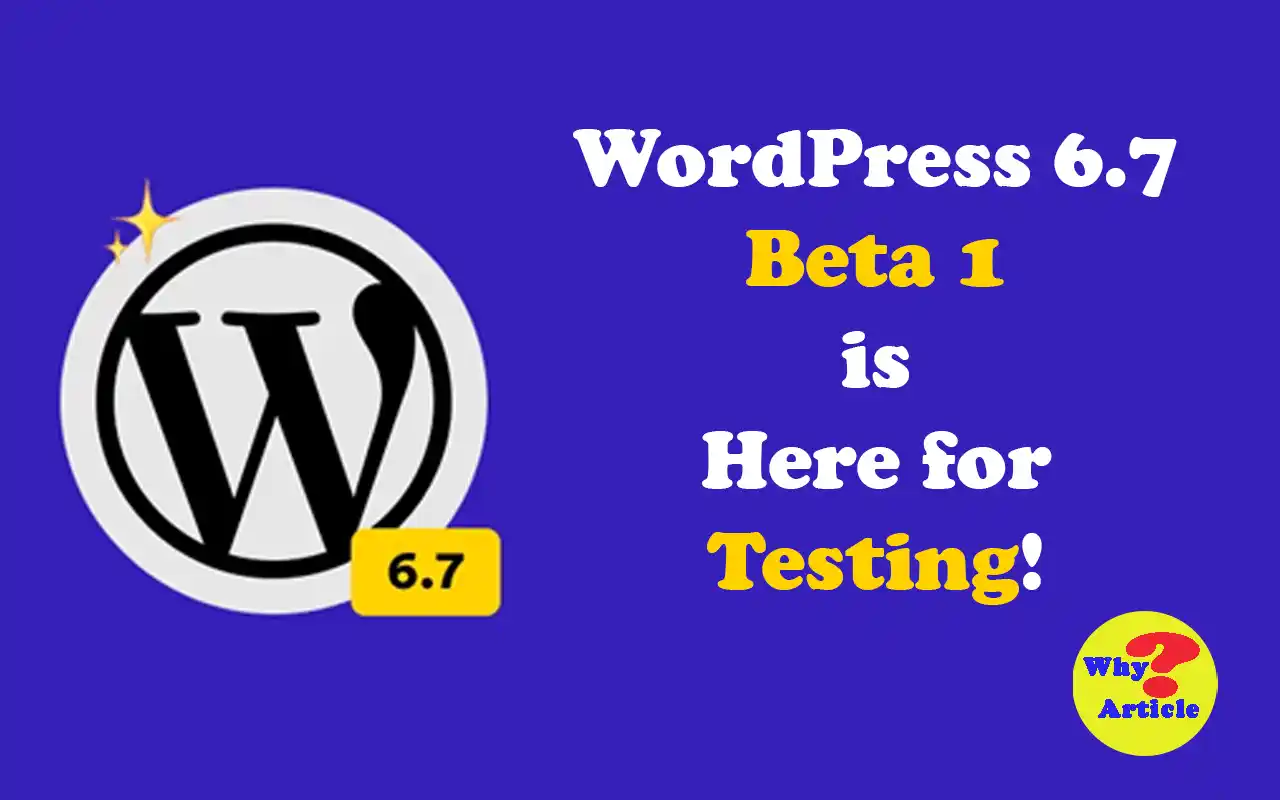I used to view behavioral change as something like a buzzword—interesting to discuss in meetings but hard to put into practice. However, my perspective has evolved.
After learning from top experts both locally and globally, I’ve come to see that behavioral change is crucial for long-term success in marketing and advertising.
When Traditional Marketing Falls Short
In today’s world, many marketing experts cling to outdated methods instead of dedicating the time and effort needed to embrace modern behavior-change strategies.
Numerous global studies reveal that much of today’s advertising fails to generate significant awareness or engagement.
While consumers might respond to traditional tactics temporarily, these one-size-fits-all methods often fall short when dealing with complex human behaviors over the long haul.
It’s time to move beyond the basic awareness, consideration and purchase model, and adopt behaviorally savvy strategies that align with how today’s consumers truly think and act.
Unpacking Behavior Change
The practical and usable version of behavior change science was initially crafted for the public health sector.
Its primary goal was to promote positive health-seeking behaviors among individuals bogging down the system due to poor habits.
A comprehensive body of scientific knowledge—based on thorough trials and evidence—was condensed into a pragmatic approach and is equally valuable for commercial brands looking to understand human behavior.
There are over 80 viable behavioral models available but to grasp them, one must first understand core behavioral concepts that define us.
One key concept to focus on is the ‘target behavior to drive’ rather than broad goals like ‘driving consumer delight.’
Pinpointing the correct behavior is half the battle won. Once that’s clear, several forces can drive effective behavior change:
Nudges:
These subtle prompts guide behaviors predictably without forcing a choice.
Different from short-term incentives like consumer promotions or coercive measures like fines, nudges are sustainable.
Examples include Google’s predictive text suggestions or Amazon’s shopping basket recommendations that steer consumers toward beneficial choices for both themselves and the brands.
Attitudes and Beliefs Towards Behaviors:
It’s crucial to consider how the audience perceives a behavior. Emotional and cognitive responses come into play here, affecting whether consumers are willing to change.
For instance, if a behavior challenges deep-seated beliefs—such as men using skincare products—these attitudes must be addressed first.
Brands evoke feelings that impact these beliefs, thus influencing behavior.
Social Norms:
Among the most potent forces in behavior change, social norms are the unwritten rules shared by a group.
These norms dictate appropriate behaviors, driven by the desire to avoid social judgement or gain social acceptance.
For instance, advertisers have shifted norms around dandruff in social settings or the need to stay updated with the latest tech and fashion trends for social recognition.
Driving Intention Towards a Behavior:
This is the strongest predictor of the success of a behavior change initiative.
Easily measurable with proper research, consumer intentions indicate readiness to act, such as the decision to buy a product.
For brands, intentions translate into actions beneficial to the brand, like joining a loyalty program or advocating for the brand.
Behavioral Control:
This factor is critical in determining the success of a behavior change effort.
It concerns the consumer’s perceived ability to perform the targeted behavior. The easier a behavior seems, the more likely it will occur.
For example, purchase intention is less likely to convert to actual purchase if the consumer finds the process complicated or lacks access to the product.
By understanding and leveraging these key concepts, brands can effectively promote desired behaviors among their target audiences.
Are You Ready for a Transformation?
If you’re a brand or an advertising agency thinking about making a change, it’s time to act sooner rather than later.
Embracing behavioral science has already proven its worth for global giants, but many brands are just starting to explore this exciting field.
Take Nike, for example. Their Run Club and Training Club apps have set new social standards, which has significantly boosted their global market share.
Spotify has effectively used personalized nudges, contributing to its impressive 31% share of the global music streaming market.
Airbnb’s rating system leverages social proof and trust signals from previous guests to enhance its market share.
H&M‘s nudges towards sustainability have notably increased their appeal among eco-conscious shoppers.
No matter the goal, the end result should be clear.
For public health, it’s about delivering social benefits without limiting choices.
For commercial brands, it’s about balancing brand promotion with social responsibility and informed consumer choices.
Adopting a behaviorally focused approach demands a significant investment of time and resources. It requires revising marketing strategies and updating how success and KPIs are measured.
Outdated consumer journeys need to be replaced with new, more effective ones.
Keep in mind, meaningful behavioral changes take time to implement and show results.




